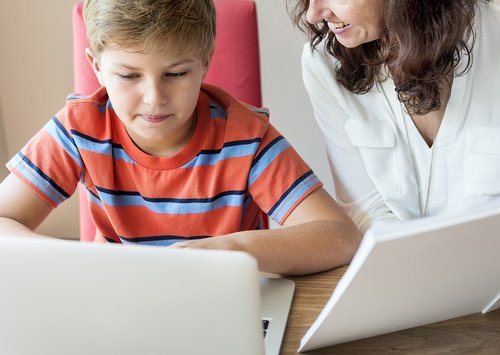Irwin Kempton
Homeschooling is an emerging type of schooling. In these blogs, I will convey information about Bilingual Homeschooling and Holistic Homeschooling, so others can take benefit from it.
irwin Kempton
Homeschooling


Reasons to Homeschool | HomeSchoolToGo
The survey and interview both asked parents why they chose to homeschool their
children. The survey yielded an answer to this through three questions:
(a) “What are the reasons you chose to homeschool your children?,”
(b) “Which reason is most important?,” and
(c) “What are your goals in homeschooling your children?”
The interview asked participants what motivated them to homeschool their children and their perceived benefits from homeschooling. The following sections will explain the
responses to these questions in the survey and the interviews.
Why Chose to Homeschool
The first question about reasons to homeschool asked participants to
respond yes or no to each of eight reasons with a ninth option for writing in another
reason. The most-selected reasons for homeschooling were:
● concern about the school environment;
● dissatisfaction with academic instruction at other schools;
● to provide moral education; and
● interest in a non-traditional approach.
All of these reasons were selected by over 65% of the participants. The reasons chosen
by fewer than 40% of the participants were to provide religious instruction, meet
unique needs, and accommodate a physical or mental health problem. In addition,
more than half of the participants identified and wrote additional reasons for their
homeschooling. To categorize the responses, they have been sorted into
categories. If a single written response included more than one category, it was counted
for each type it fits.
The predominant categories for the written responses were academic (18
descriptions) and family lifestyle (14 descriptions). The reactions that fit the academic
category ranged from a desire to focus on particular subjects, individualized instruction,
promote a love of learning, and meet individual educational needs for moving slower or
working at a more advanced level. The responses that fit the family lifestyle category
included descriptions of schedule flexibility and relational bonding (parent-child,
siblings). In addition, one definition of a reason related to religious beliefs, three reports related to dissatisfaction with public schools, three reports related to
language, and two reports related to health.
The three language-related reasons written in the survey included the
following excerpts.
● “We speak 8 languages :) there no school that can provide that per week. And we
study 4 more.”
● “language - we wanted to go on the French curriculum also.”
● “to play music and learn other languages.”
Most Important Reason for Homeschooling
The second survey question about reasons to homeschool asked the participants to
please select the most important reason from the options they had previously marked as reasons
for homeschooling. In order from most-selected to least, these most important reasons for
homeschooling, with response count, were:
● dissatisfied with academic instruction at other schools;
● interested in a non-traditional approach
● the other reason written-in on the previous question
● to provide religious instruction
● concern about the school environment
● to accommodate special needs and
● to provide moral instruction
This question yielded the result that more than half of the participants identified either
dissatisfaction with other schools or an interest in a non-traditional approach as their most
an important reason for homeschooling.

